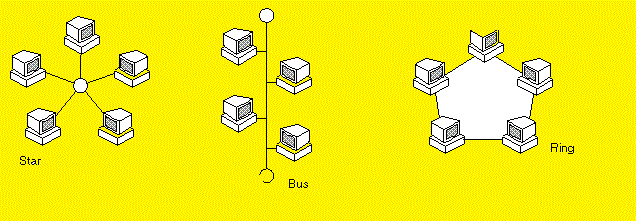TEB Computer Kids Academy

Network Administrator:
what is a Network Administrator?
A network administrator is an IT expert
who manages an organization's network
The network administrator must possess a high level of
technological knowledge and is most commonly
the highest level of technical staff within a given organization.
Network administrators keep networks operational and monitor
functions and operations within the network.
A network administrator is responsible for installing,
maintaining and upgrading any software or hardware
required to efficiently run a computer network.
The IT or computer network may extend to a local area network,
wide area network, the Internet and intranets.
Responsibilities of network administrators may include:
- Installing & supporting an organization’s
network and computer systems
- Monitoring the network systems to improve performance
- Ensuring availability to all system users
- Examining website functions to ensure optimal performance
- Maintaining system security & telecommunication networks
- Upgrading network and computer systems
- Fixing problems with the network and its
hardware, software, and systems
- Ensure quality and validity of corporate data
by maintaining and monitoring installed
corporate backup solutions.
- Maintain quality of service
by participating in the provision of 24/7 support
- Maintain all required aspects of the LAN (local area network),
- WAN (wide area network),
- WiFi (wireless network), and network security by performing
- any required controller or switch configurations, upgrades, and patches
.
- monitoring, maintaining, and overseeing all
.network and server related issues.
What is the workplace of a Network Administrator like?
Network administrators typically work full-time
in an office setting,
and overtime work is often required.
Network administrators are in demand in a variety of areas,
such as computer system design firms; manufacturers;
landline telecommunications companies;
Elementary Schools;
Secondary and postsecondary schools;
financial services firms;
and local, state and federal agencies.
Where do network administrators work?
Based on the data, here are the top industries
hiring network administrators over the last year:
Professional, scientific and technical services
Insurance
Education
Hospitals
Schools
Transportation equipment manufacturing
Network TOPOLOGY
A network is defined as a group of two or more
computer systems linked together.
There are many types of computer networks,
including the following:
local-area networks(LANs):
The computers are geographically close together
(that is, in the same building).
wide-area networks(WANs):
The computers are farther apart and are
connected by telephone lines or radio waves.
campus-area networks(CANs):
The computers are within a limited geographic area,
such as a campus or military base.
metropolitan-area networks (MANs):
A data network designed for a town or city.
home-area networks (HANs):
A network contained within a user's home
that connects a person's digital devices.
Network Characteristics
In addition to these types, the following characteristics
are also used to categorize different types of networks:
Topology :The geometric arrangement of a computer system.
Common topologies include a Bus, Star, and Ring.
See the Network topology diagrams in the Quick Reference section above.
Protocol :
The protocol defines a common set of rules and signals
that computers on the network use to communicate.
One of the most popular protocols for LANs is called Ethernet.
Another popular LAN protocol for PCs is the IBM token-ring network .
Architecture :
Networks can be broadly classified as using
either a peer-to-peer or client/server architecture.
Computers on a network are sometimes called nodes.
Computers and devices that allocate resources
for a network are called servers.
Related Terms
WEP - Wired Equivalent Privacy
AWT - assemble, wire, and test
bus network
IEEE 1394
VPN – virtual private network
PSTN - Public Switched Telephone Network
Windows XP Network Bridge
ISDN - integrated services digital network
HAN - home area network
read more..
